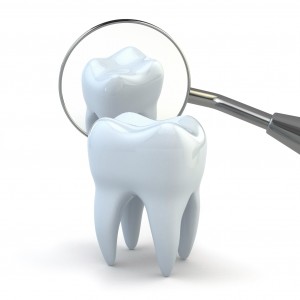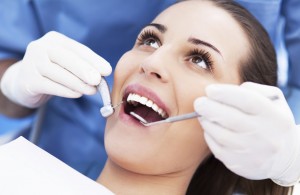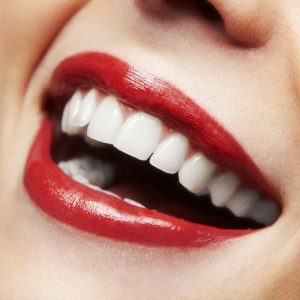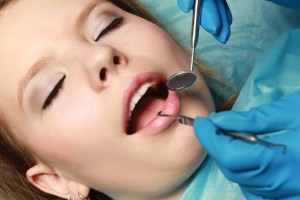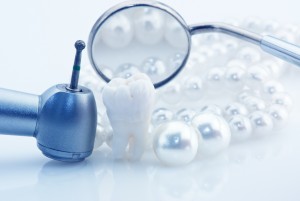 The end of October features one of America’s favorite holidays: Halloween. Ghosts, goblins, witches, and princesses roam the streets delivering frights and collecting candy. While many parents have echoed the line that candy will rot children’s teeth, there’s no reason to deny children the enjoyment of Halloween candy, but it’s important to supervise them to ensure that their Halloween is enjoyed in a way that keeps their teeth safe.
The end of October features one of America’s favorite holidays: Halloween. Ghosts, goblins, witches, and princesses roam the streets delivering frights and collecting candy. While many parents have echoed the line that candy will rot children’s teeth, there’s no reason to deny children the enjoyment of Halloween candy, but it’s important to supervise them to ensure that their Halloween is enjoyed in a way that keeps their teeth safe.
Use Halloween as a way to teach children about moderation – by teaching children to eat a moderate amount of treats, you’ll encourage them to practice moderation in their daily lives, including other sugary foods they’ll encounter year round such as sweet juices and starch heavy breads. Allow your children to choose the candy they want to eat, but set a limit on the number of pieces, and remove the extras – they can be saved for a future day, frozen for later, thrown away, or donated.
While sugar does promote decay, the effect of sugar is not instant. If children eat candy for a short time period, and then brush their teeth a short time later, the impact of the sugar is fairly minimal. For that reason, allow children to eat candy during a fixed time period – rather than an all day feast, they’ll have a fixed window for candy. This allows them to prioritize their candy enjoyment, minimizes the chances that they’ll consume far too much, and by following treats with brushing, helps prevent cavities.
Focus on fun, but effective, tooth brushing. Children often need stimulation beyond simple health to brush regularly and sufficiently, so swap toothbrushes every few months with new, fun characters/colors, and give your children the opportunity to pick their own toothpaste (but check the label to ensure it contains fluoride).
If you have questions about how Halloween impacts your children’s dental health, contact your dentist, or ask during one of your scheduled appointments – they’ll be happy to answer any questions you may have.
For more information on candy and tooth decay and to make an appointment call, Dr. Kirtley at 317-841-1111 or visit his website porcelainveneersindiana
Dr. Kirtley gladly welcomes patients from Spring Hill, Beech Grove and Warren Park.

